Explore the Evolution of Furniture Styles Through History
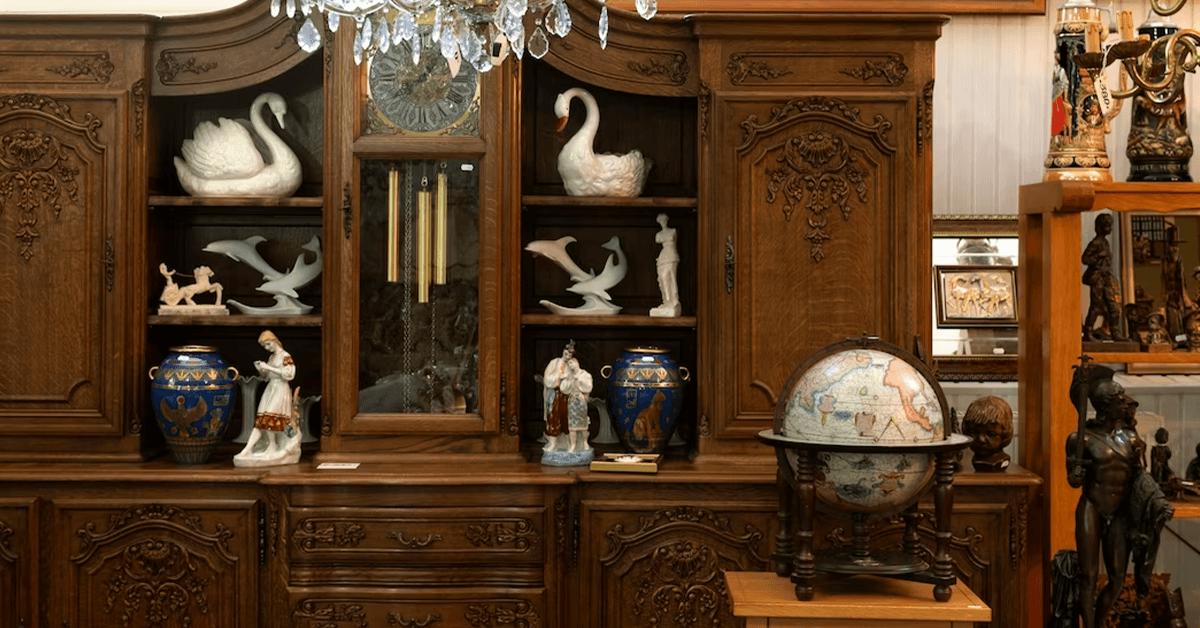 Furniture design has been an important part of human history for thousands of years, reflecting the styles, materials, and techniques of the time. From the ancient world to the modern era, furniture trades have undergone many transformations, influenced by cultural, social, and technological changes in Australia. In this blog post, we'll explore the history of furniture design and the evolution of styles over time, including the mid-century furniture and Victorian styles.
Furniture design has been an important part of human history for thousands of years, reflecting the styles, materials, and techniques of the time. From the ancient world to the modern era, furniture trades have undergone many transformations, influenced by cultural, social, and technological changes in Australia. In this blog post, we'll explore the history of furniture design and the evolution of styles over time, including the mid-century furniture and Victorian styles.Ancient World Furniture Design
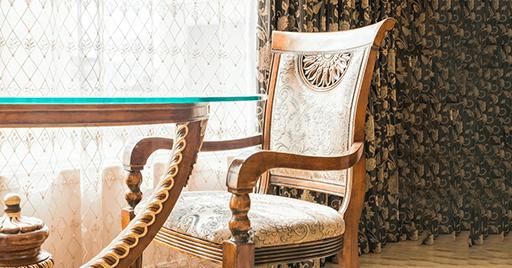 The earliest known furniture dates back to ancient Egypt and Mesopotamia, where people used furniture for both practical and symbolic purposes. The furniture of the time was simple and functional, consisting of stools, chairs, and tables made from wood and stone. Ancient Greek and Roman furniture, in contrast, was more ornate and decorative, featuring carved designs and inlays of ivory and precious metals.
The earliest known furniture dates back to ancient Egypt and Mesopotamia, where people used furniture for both practical and symbolic purposes. The furniture of the time was simple and functional, consisting of stools, chairs, and tables made from wood and stone. Ancient Greek and Roman furniture, in contrast, was more ornate and decorative, featuring carved designs and inlays of ivory and precious metals.Medieval and Renaissance
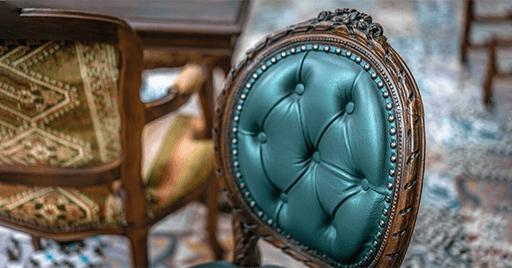 During the Middle Ages, the design was heavily influenced by the Gothic style, characterized by intricate carved details, pointed arches, and floral motifs. Furniture was often massive and imposing, reflecting the power and wealth of the ruling class. In the Renaissance period,therefore this design became more refined and elegant, featuring elaborate designs and decorative details inspired by ancient Greek and Roman art.
During the Middle Ages, the design was heavily influenced by the Gothic style, characterized by intricate carved details, pointed arches, and floral motifs. Furniture was often massive and imposing, reflecting the power and wealth of the ruling class. In the Renaissance period,therefore this design became more refined and elegant, featuring elaborate designs and decorative details inspired by ancient Greek and Roman art.Baroque and Rococo
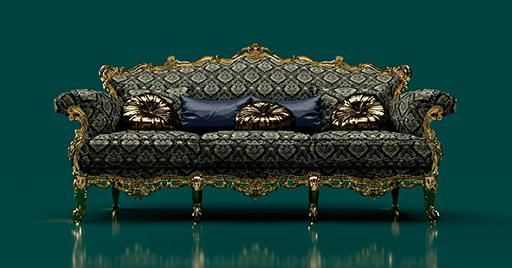 In the 17th and 18th centuries, furniture design underwent a significant transformation with the emergence of the Baroque and Rococo styles in Australia. These styles were characterized by opulence and grandeur, featuring ornate carvings, gilding, and intricate details. Baroque furniture was massive and imposing, while Rococo furniture was lighter and more delicate, featuring curves, asymmetrical shapes, and floral motifs.
In the 17th and 18th centuries, furniture design underwent a significant transformation with the emergence of the Baroque and Rococo styles in Australia. These styles were characterized by opulence and grandeur, featuring ornate carvings, gilding, and intricate details. Baroque furniture was massive and imposing, while Rococo furniture was lighter and more delicate, featuring curves, asymmetrical shapes, and floral motifs.Neoclassicism and Empire
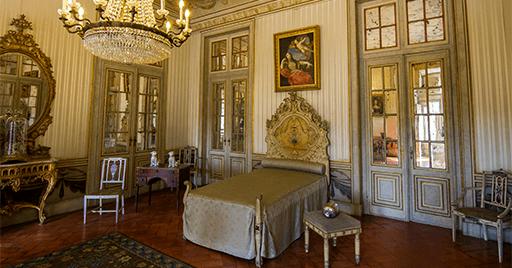 In the late 18th and early 19th centuries, furniture design shifted towards the Neoclassical style, inspired by ancient Greek and Roman art. Neoclassical furniture featured clean lines, simple forms, and a restrained use of decoration. This style was followed by the Empire style, which was characterized by large, heavy furniture pieces, featuring Egyptian and Roman motifs.
In the late 18th and early 19th centuries, furniture design shifted towards the Neoclassical style, inspired by ancient Greek and Roman art. Neoclassical furniture featured clean lines, simple forms, and a restrained use of decoration. This style was followed by the Empire style, which was characterized by large, heavy furniture pieces, featuring Egyptian and Roman motifs.Victorian Furniture Style
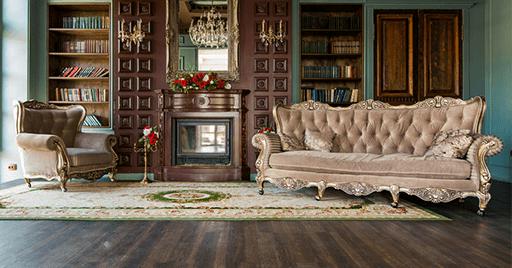 The Victorian era, spanning from the mid-19th century to the early 20th century, was a time of great change in this design. The Victorian style was heavily influenced by the Gothic Revival, Rococo Revival, and Renaissance Revival styles, featuring a mix of styles and decorative details. Victorian furniture style was often ornate, with carved details, floral motifs, and rich fabrics.
The Victorian era, spanning from the mid-19th century to the early 20th century, was a time of great change in this design. The Victorian style was heavily influenced by the Gothic Revival, Rococo Revival, and Renaissance Revival styles, featuring a mix of styles and decorative details. Victorian furniture style was often ornate, with carved details, floral motifs, and rich fabrics.Art Nouveau
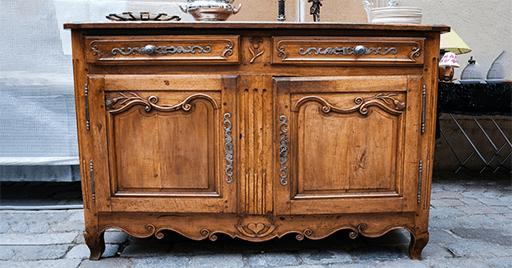 The Art Nouveau style emerged in the late 19th century, characterized by organic shapes and curved lines, inspired by natural forms such as flowers and plants. Art Nouveau furniture was often made from exotic materials such as mahogany, ebony, and ivory, and featured decorative details such as inlays and marquetry.
The Art Nouveau style emerged in the late 19th century, characterized by organic shapes and curved lines, inspired by natural forms such as flowers and plants. Art Nouveau furniture was often made from exotic materials such as mahogany, ebony, and ivory, and featured decorative details such as inlays and marquetry.Modernism and Mid Century Furniture
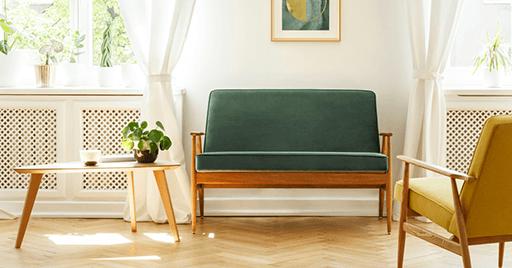 The 20th century saw a significant shift in the design towards the Modernist style, characterized by clean lines, simple forms, and a focus on functionality. Modernist furniture was often made from new materials such as steel, glass, and plastic, and featured innovative designs that challenged traditional furniture-making techniques. Mid Century furniture, which was popular from the 1940s to the 1960s, was a subcategory of modernist furniture, featuring simple forms and natural materials such as wood and leather.
The 20th century saw a significant shift in the design towards the Modernist style, characterized by clean lines, simple forms, and a focus on functionality. Modernist furniture was often made from new materials such as steel, glass, and plastic, and featured innovative designs that challenged traditional furniture-making techniques. Mid Century furniture, which was popular from the 1940s to the 1960s, was a subcategory of modernist furniture, featuring simple forms and natural materials such as wood and leather.Contemporary Furniture Style
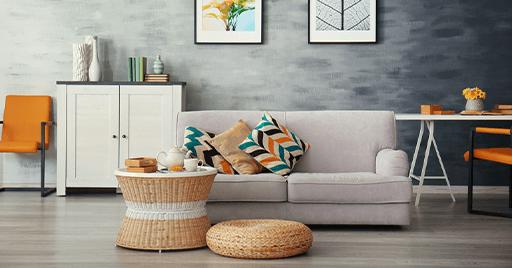 In the contemporary era, furniture design has become more eclectic, with a mix of styles and materials. Contemporary furniture features a wide range of designs, from minimalist to maximalist, and can be made from a variety of materials, including wood, metal, plastic, and glass. Contemporary furniture often reflects the individual style and personality of the owner, with a focus on comfort, functionality, and aesthetic appeal.
In the contemporary era, furniture design has become more eclectic, with a mix of styles and materials. Contemporary furniture features a wide range of designs, from minimalist to maximalist, and can be made from a variety of materials, including wood, metal, plastic, and glass. Contemporary furniture often reflects the individual style and personality of the owner, with a focus on comfort, functionality, and aesthetic appeal.Throughout history, furniture design has reflected the styles, materials, and techniques of the time, with each era leaving a unique mark on the evolution of furniture design and the style. From the simple and functional designs of the ancient world to the ornate and grand designs of the Baroque and Rococo periods, furniture has played an important role in reflecting the cultural, social, and technological changes of the time in Australia.
The 20th century saw a significant shift towards Modernist design, followed by the more eclectic and personalized contemporary style. With such a rich and varied history,of design and the style continues to evolve and inspire, leaving a lasting impact on the world of design and aesthetics.
For more information on designs and styles in Australian furniture market, Contact Vivin Imports and get various furniture styles and best deals.
